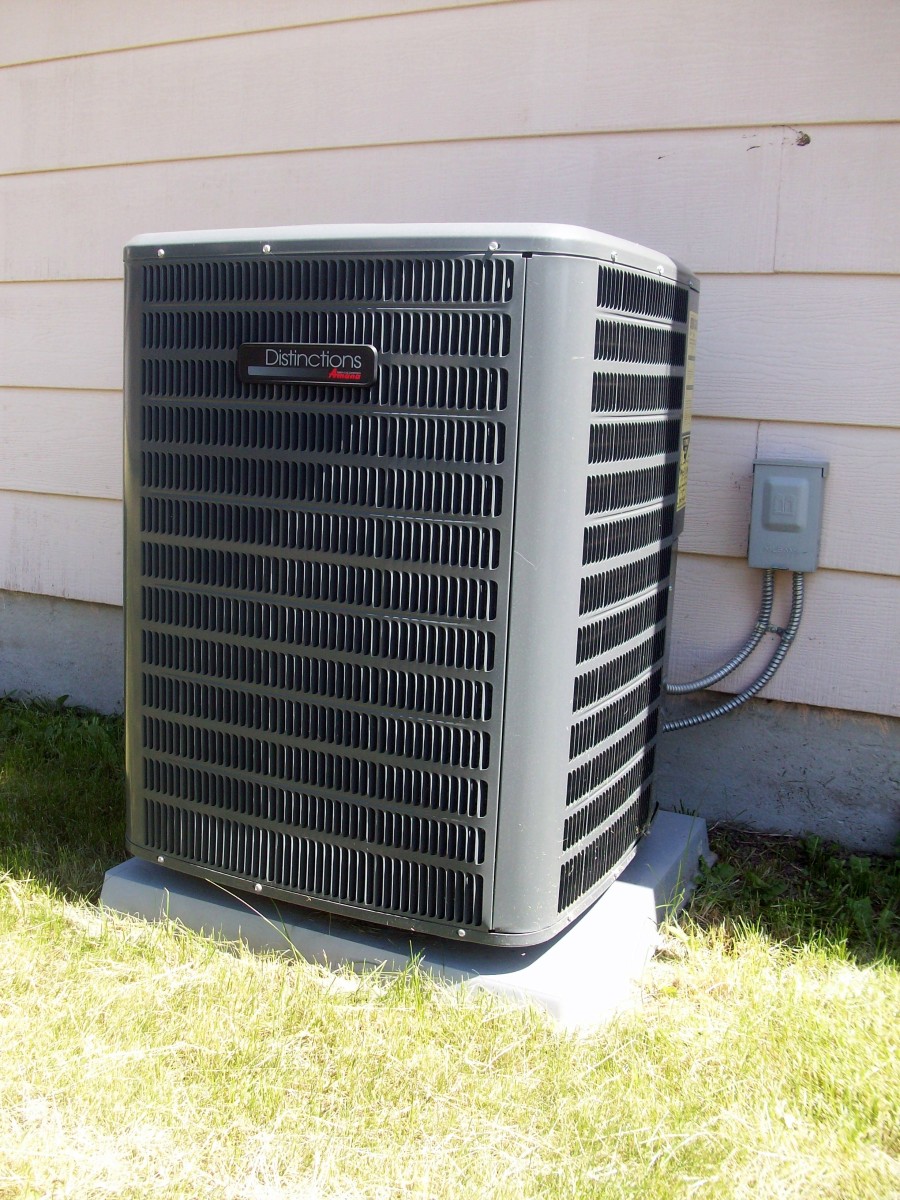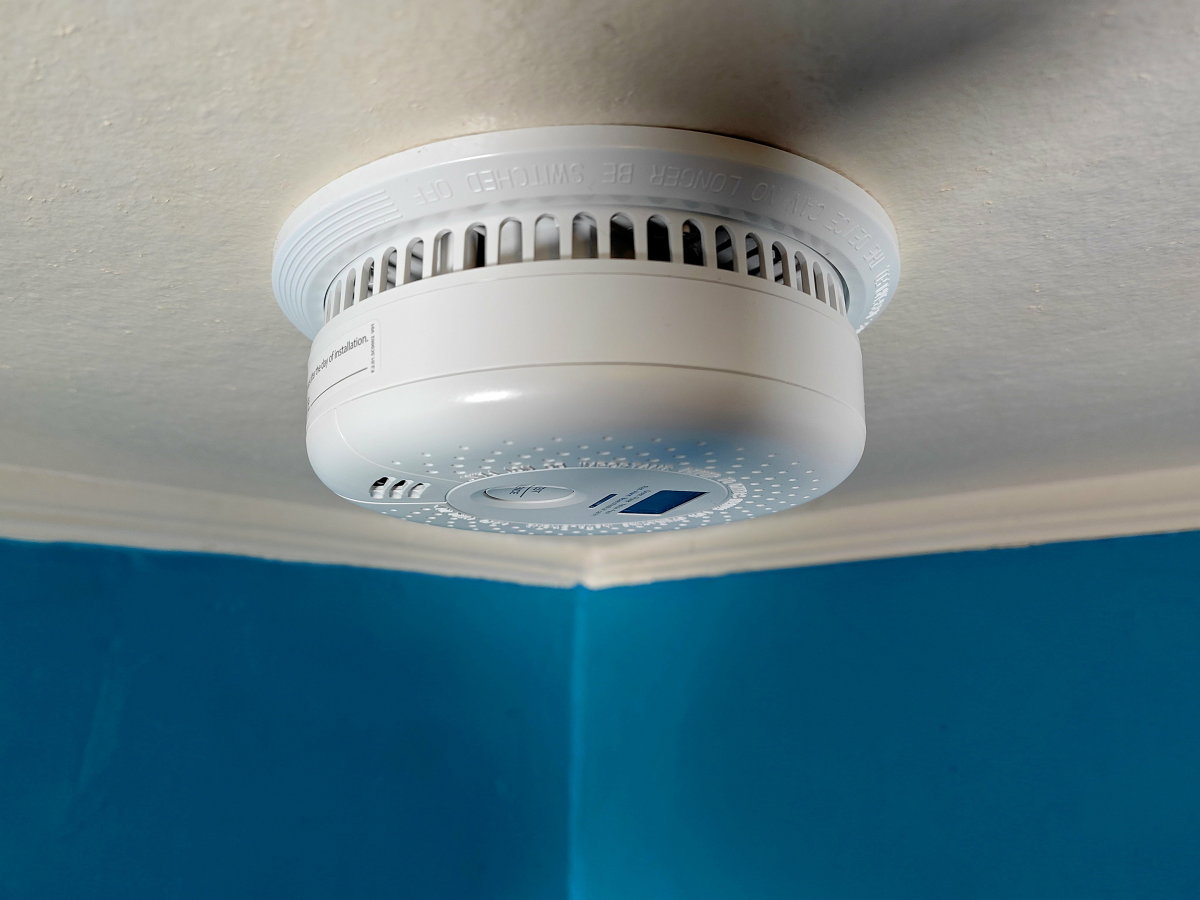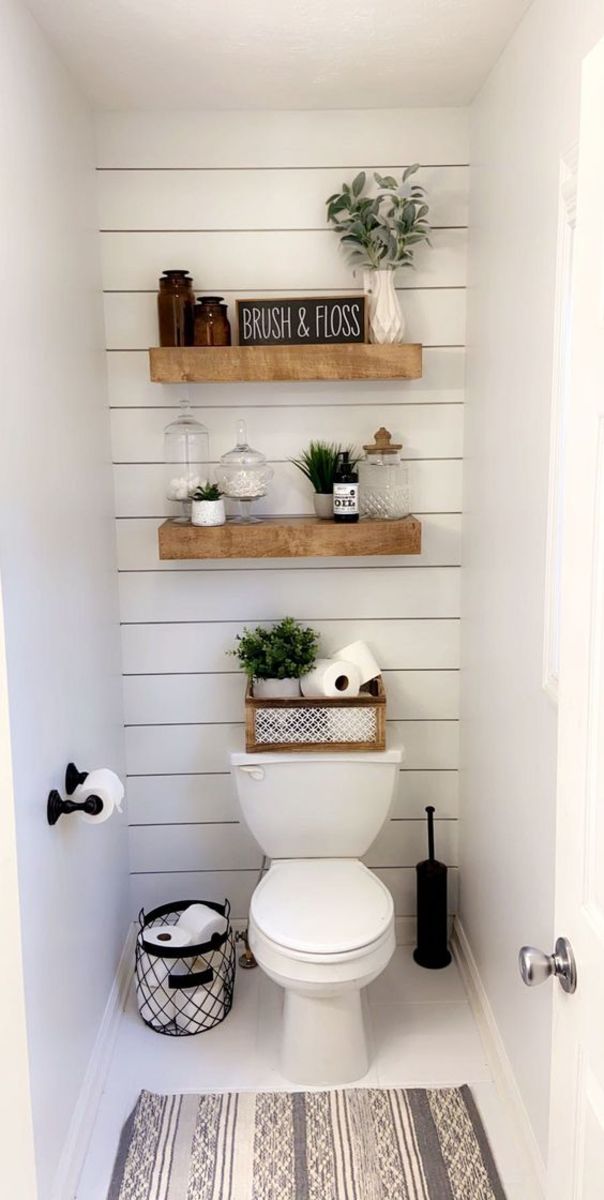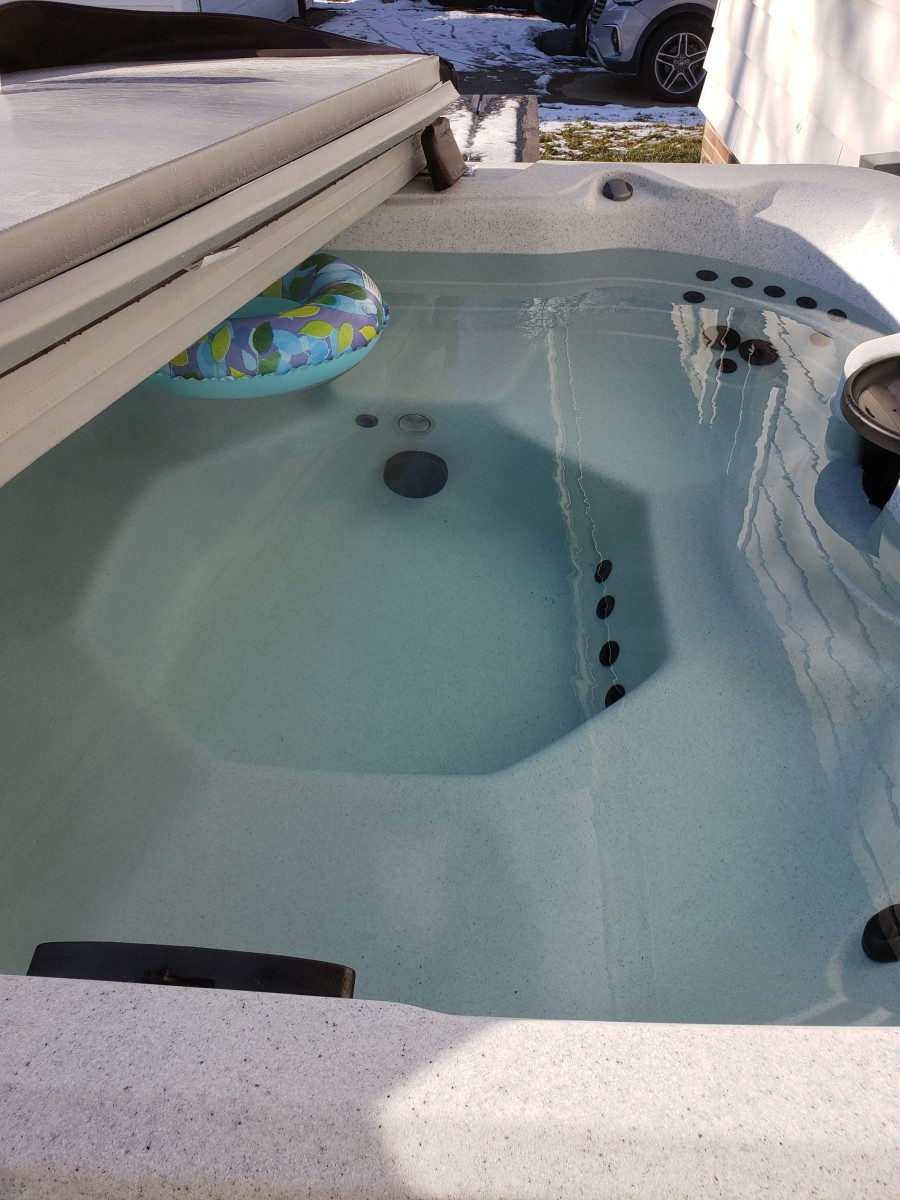Save on Heating Costs
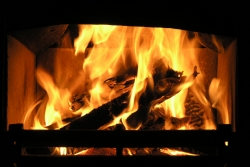
Lower Your Heating Bill
The cost of heating is likely to be a significant item in your housing budget. Unlike taxes, mortgage/rent and insurance, the cost of heating your home is under your control at least to some extent.
If you're like me, you're worried that heating bills are going to upset your budget or you just hate spending more than you have to.
Either way, I'd like to invite you to join me on my quest to keep my heating costs as low as possible this season. It doesn't hurt if it also helps save the planet.
We'll be looking at ways to
1, reduce the cost of heating source,
2. keep more of the heat you generate and
3. increase your comfort without spending much more.
Time for a Tune-up?
Even though spring is in sight, chances of a cold spell is still high. Getting caught in one without heat is no fun. Is your furnace performing at its best?
For next season, talk to your supplier about getting a service contract. It is surprisingly inexpensive and eliminates a lot of headaches.
Make sure all radiators and registers are free of obstructions to allow for maximum air flow.
If you don't have a programmable thermostat yet and plan to stay in your home for the next heating season, getting one is not too late either. Thermostats work best when your habits are fairly predictable, but a new generation are able to adapt to your habits automatically. More about that below.
Programmable Thermostats

How to Install a Programmable Thermostat
Installing a programmable thermostat sounds pretty complicated, but it actually isn't. Most homeowners can do it themselves and save a neat little sum of money.
Learning about heating systems
There are five primary heating systems:
1. Hot air
2. Steam
3. Hot water
4. Electric
5. Floor heat
The better you understand how they work, the better you can get the most out of them.
Hot air - also called forced air
Hot air systems react quickly to demands for heat. The heat source is in a central place and heat is distributed through the house by a fan via ducts. Leaking ducts are a major source of heat loss. Did you get yours inspected? You can regulate the heat in individual rooms by closing and opening registers.
Steam
Steam systems react more slowly. Heat sources (radiators) are distributed throughout the house and rely on natural local circulation to distribute it. That could still take a while before it is fully up to temperature. You can regulate the heat in individual rooms either by using different kinds of air release valves, use adjustable valves or stop or allow convection by covering/uncovering the grids on convection radiators. Regular radiators can only be adjusted via the air release valve. Turning them off completely, in my experience, is not really an option. No matter how good the steam valve, some steam will always slip into the radiator where it will accumulate and eventually escape through the air release valve. It is better to remove the air release valve and replace it with a plug. The plug will prevent the air from escaping from the radiator and thus the steam from entering it.
Hot Water
Hot water systems circulate hot water through radiators. Because the temperature is much lower than steam, hot water systems will take even longer to react. On the other hand, they are very good at keeping the temperature constant without too much fluctuation and that is more comfortable than the sometimes wild swings steam and hot air systems can produce.
Modern valves can automatically open and close hot water radiators to keep a constant temperature in individual rooms.
Electric
Modern electric baseboard heating systems are similar to hot water radiators in many ways. They distribute the heat mostly via natural circulation by convection for good comfort and it is easy to set the desired temperature for individual rooms. In new construction you plan to occupy for a really long time, combine electric heat with solar and/or wind generators. Electric heat is relatively inexpensive to install and might be a candidate to replace one of the others particularly if your plans to stay for a long time are uncertain.
Floor Heat
Floor Heat
Floor heat is the slowest to react. Basically, the entire floor becomes a giant low temperature radiator. It is very good at keeping a constant temperature and delivering the heat exactly where you need it most, literally at your feet. Because it is so slow to react, it lends itself well to supplement with alternatives like fireplaces or space heaters during the sometimes wild fluctuations in outside temperatures during the spring and fall seasons.
Regardless of the system you have, it pays to learn how to get it to deliver the heat where you need it and when you need it. Programmable thermostats can only do so much.
Keeping the heat in and the cold out
Gaps between windows/doors and walls are usually the biggest sources of air infiltration in a house. Air infiltration is when outside air gets mixed with inside air. Air tends to move to areas with the lowest pressure.
Curtains
Nights may be cold, but there are also many warm days with bright sunshine. Don't forget to open all curtains and take advantage of the free heat. If you have good insulation, it will keep you warm far into the evening hours. Use insulated curtains so it will escape more slowly.
Curtains can also play an important role during the cooling season, so start planning for that as well. During the cooling season, curtains can keep the sun from beating into your home.
Lifestyle Adjustments
Making your house smaller may not be an option, but if you have multiple zones, you can get closer with your family by gathering in one and lowering the temperature in the others. Instead of thinking of this as doing without, think of it as getting closer with the family.
One way to make the heating bill smaller is to set the main system at a low base temperature and space heaters to get comfortable in the space you're actually using and only when you're there.
If moving is in your future, you're probably going to pay serious attention to right-sizing your next home. Making a move for this reason alone may not make sense except, perhaps, if your family is shrinking.
Warm bodies - are happy bodies
The best way to get comfortable indoor without turning up the heat is to put on more layers of clothes. I've tried to find some items that won't bulk you up too much.
I just came up with the most obvious solutions, the ones I've tried myself. I'm sure there are thousands other great ways to save money on heat.



